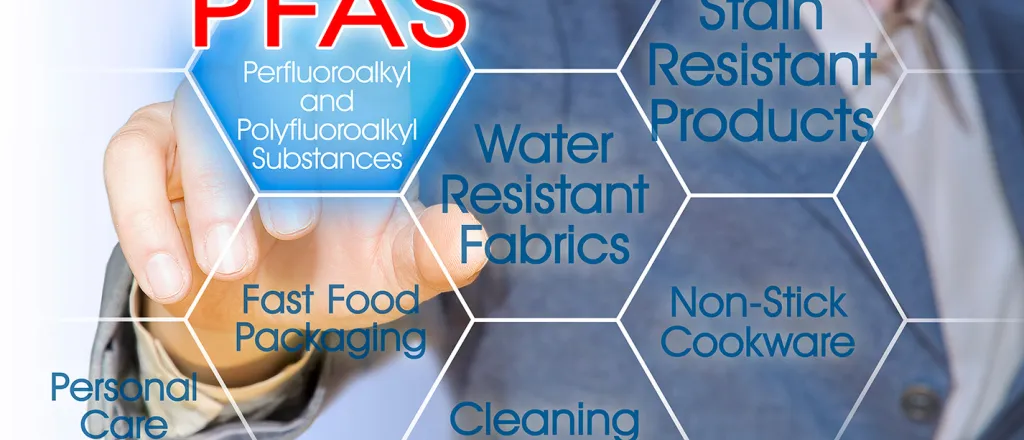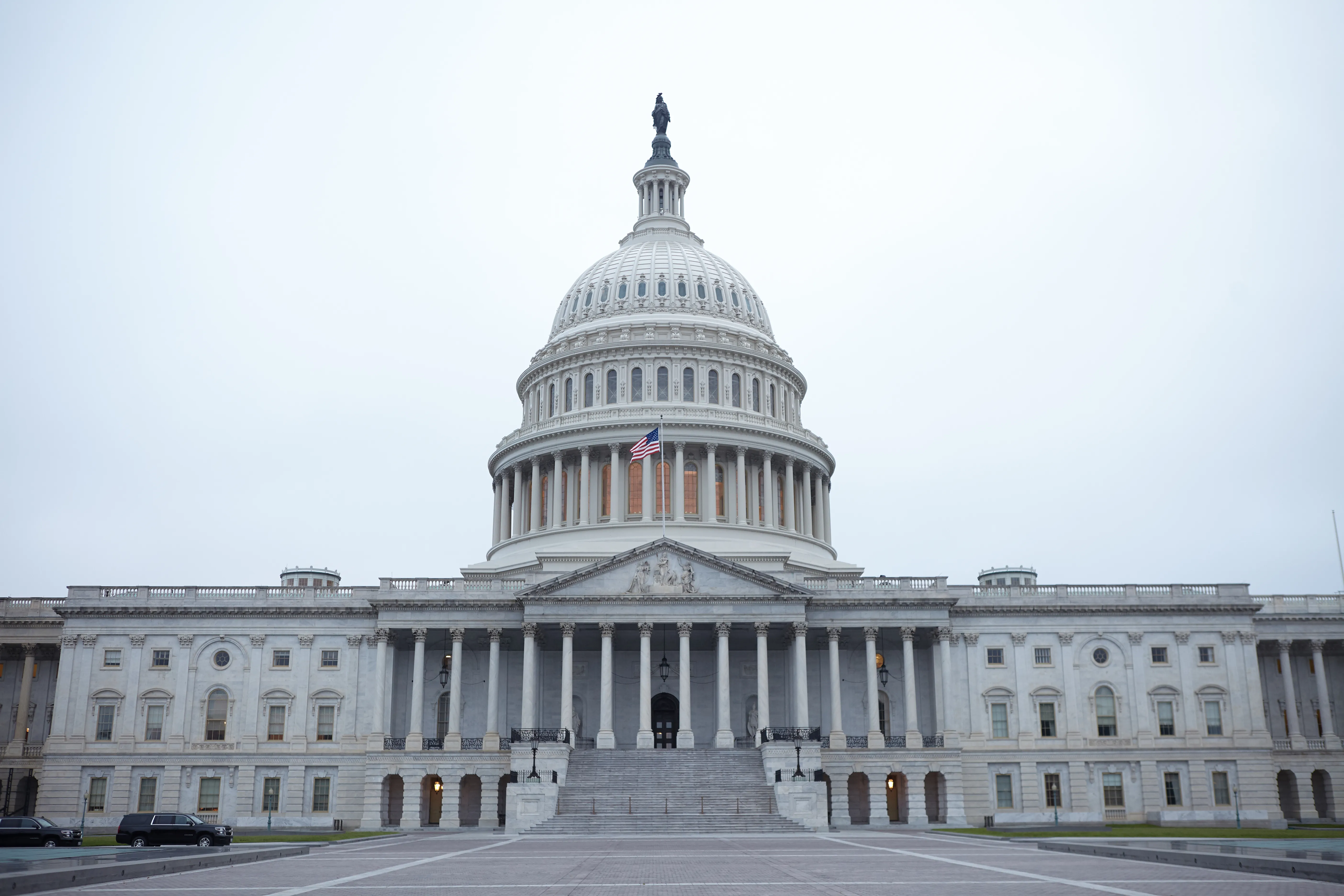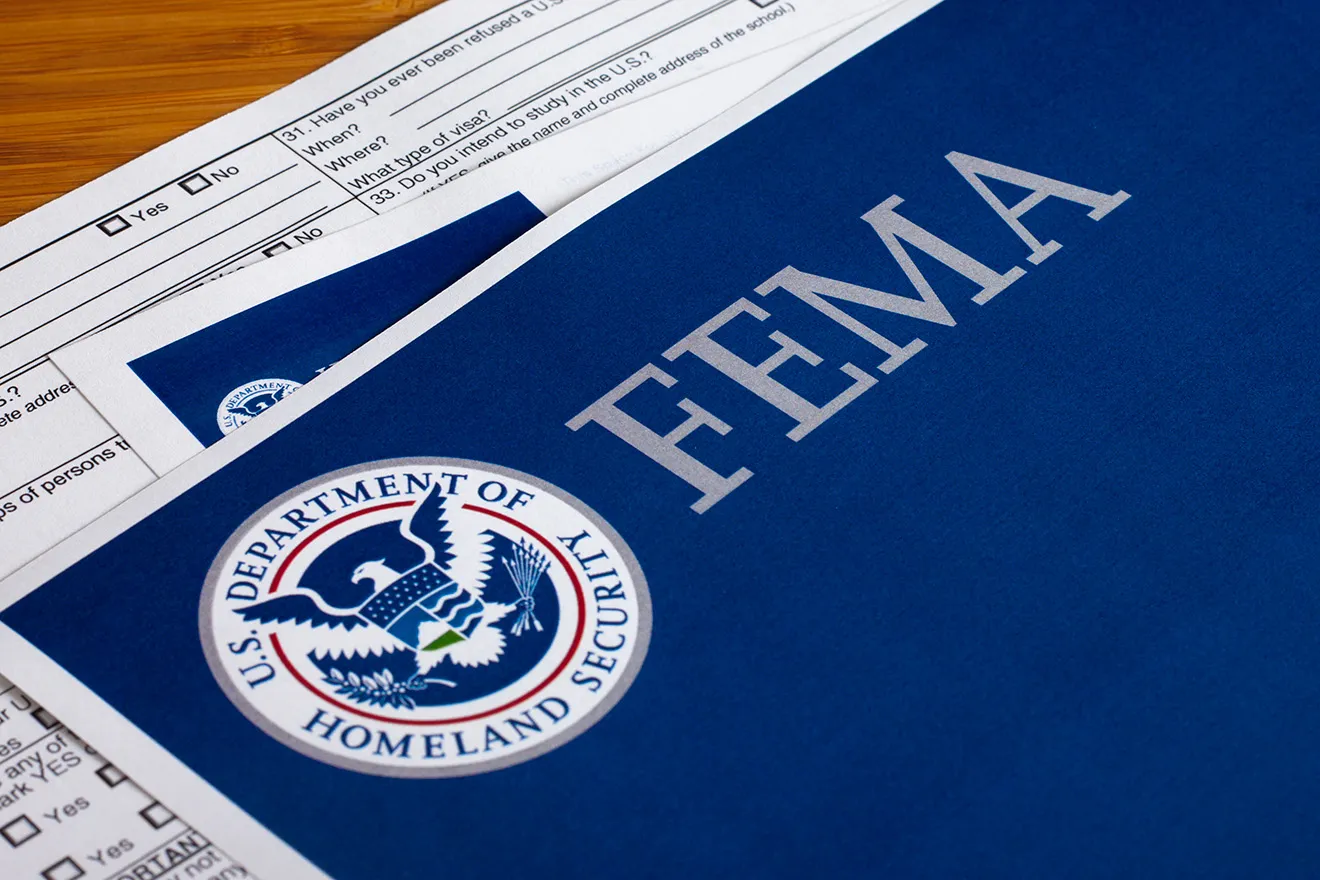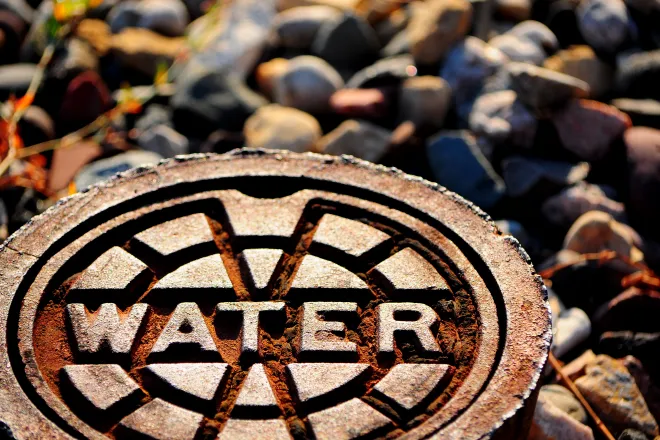
New York state legislature considers bills regulating PFAS
Click play to listen to this article.
(New York News Connection) New York's Legislature will take up several bills regarding forever chemicals.
The bills would eliminate unnecessary per- and polyfluoroalkyl substances or PFAS in household items such as cosmetics, menstrual products, and others. Legislation will also focus on removing PFAS from waterways as well.
More than 3,400 New York waterways including the Hudson River contain the chemicals. Recent studies find some forever chemicals are still in the river despite the Environmental Protection Agency's multiyear dredging effort.

© iStock - Davizro
Kate Donovan, Northeast regional lead for environmental health for the Natural Resources Defense Council, describe how important the bills are.
"And, it's a really important step to starting to turn off the use of this chemical and the products specifically, because there's alternatives to PFAS in all of these things," Donovan pointed out. "There's no reason these products even need that chemical to begin with."
She noted there is little opposition to the bills since most companies want to eliminate PFAS on their own. Last year, the Legislature took up a bill requiring State Pollutant Discharge Elimination System permit holders to report any amounts of PFAS chemicals in their discharges. Though the bill failed in committee, it will be taken up again this year.
For now, getting PFAS out of drinking water is done by wastewater treatment plants. Donovan argued cleanup of the chemicals should fall to those who put them in the waterway.
"They are being told this is the level of PFAS that can come into your drinking water, and they're having to do all these measures to filter the water," Donovan noted. "But we know they aren't the polluters. They didn't create the problem. The PFAS is coming from other places, and where is it coming from?"
Beyond household items, there are other large concentrations of PFAS chemicals in the state. Department of Defense facilities are one of the largest concentrations of PFAS. In New York, 13 installations belonging to three branches of the U.S. Armed Forces and the Defense Logistics Agency are near drinking-water sources.















